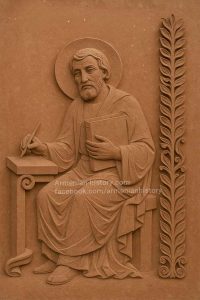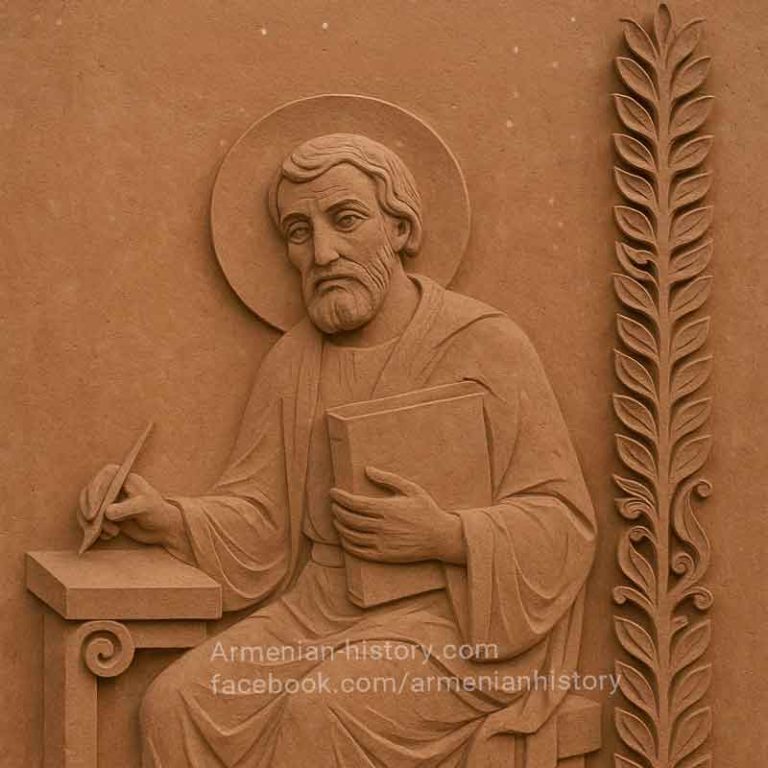Ghevond, also known as Ghevond Yerets, was a prominent 8th-century Armenian historian and priest whose writings provide one of the most detailed surviving accounts of Armenia under Arab rule. Best known for his History (Patmut‘iwn Ghewondats‘), his chronicle covers the period from the late 7th century to the mid-8th century, offering a unique perspective on Armenia’s political, military, and religious life during the early Islamic caliphate.
Life and Historical Context
Ghevond lived during a time of significant upheaval in the Armenian Highlands. Following the collapse of the short-lived Armenian independence under Byzantine patronage, Armenia came fully under Arab (Umayyad and later Abbasid) domination. Ghevond, believed to be a member of the Armenian clergy, witnessed firsthand the challenges that faced the Armenian Church, the nobility (nakharars), and the general population during this transitional era.

His work begins around 661 AD, with the death of Muʿawiya I and the rise of the Umayyad Caliphate, and continues through the rebellion led by Smbat Bagratuni, one of the central Armenian figures of resistance. Ghevond’s historical narrative ends around the early 770s, during the reign of Caliph al-Mansur.
The History of Ghevond
Ghevond’s History is written in a straightforward, narrative-driven style, combining eyewitness detail with moral commentary. The work emphasizes the role of the Armenian Church in preserving national identity during foreign domination and portrays Armenian leaders—particularly Smbat Bagratuni—as heroic defenders of the faith and people. He also sheds light on the administrative policies of the Arabs, including taxation, military recruitment, and religious pressure.
Unlike earlier Armenian chroniclers who focused on mythic origins or royal genealogies, Ghevond offers pragmatic and political insights, describing events that occurred within living memory. His writing shows both patriotism and realism, acknowledging the shifting power dynamics while highlighting the resilience of the Armenian nation.
Historical Significance and Legacy
Ghevond’s work is an essential primary source for understanding Armenia’s integration into the Islamic world, the early relations between the Caliphate and Christian Armenia, and the internal struggles between collaborationist and resistance factions within Armenian society.
Medieval Armenian historians, such as Movses Kaghankatvatsi and Stepanos Taronetsi, regarded Ghevond as a respected authority, and his influence extends into modern scholarship on Armenian-Arab relations. His writing remains vital for researchers examining the Umayyad and Abbasid periods, as well as those studying Christian communities in the Islamic Near East.

